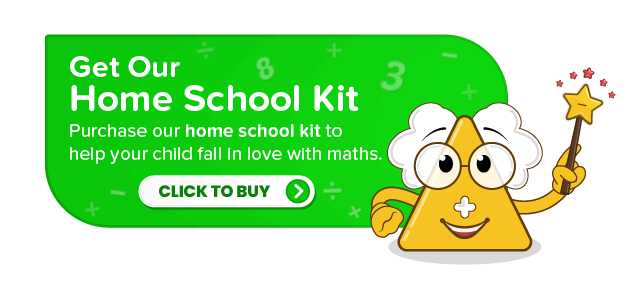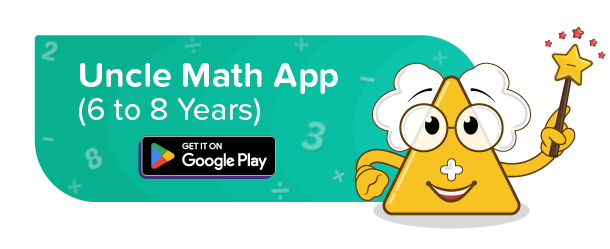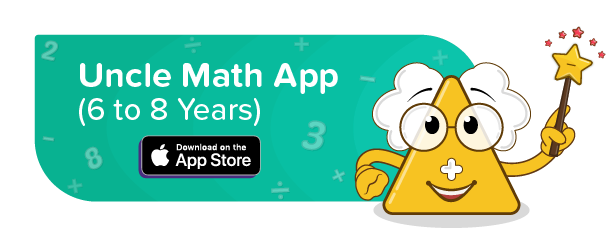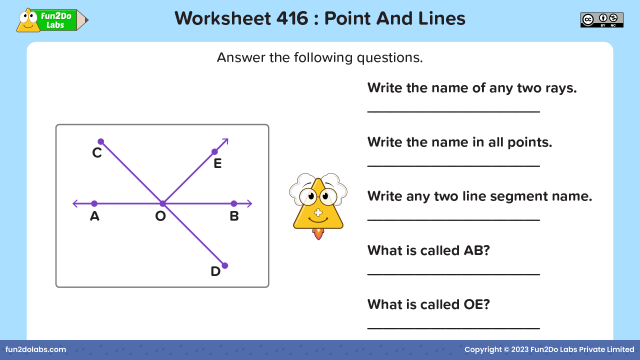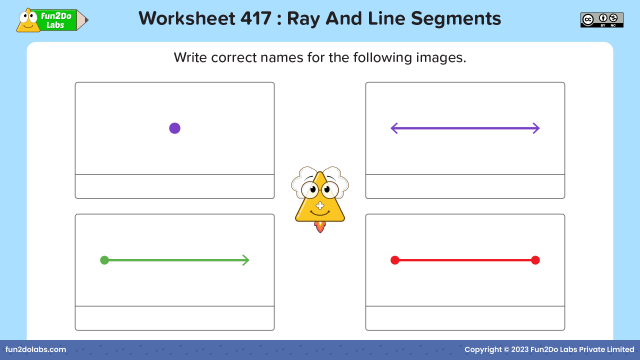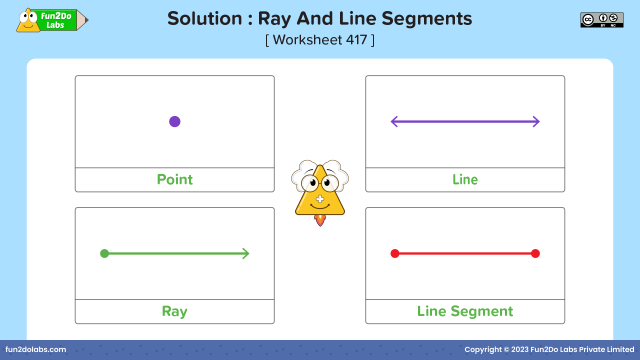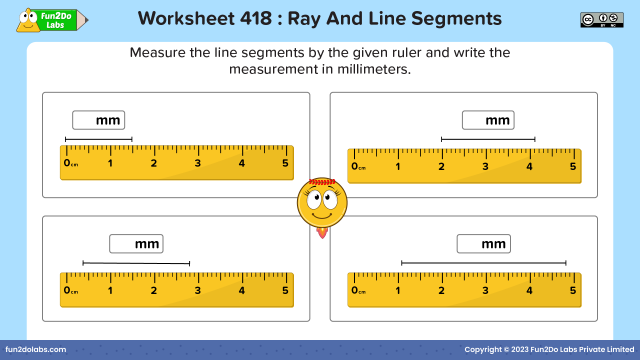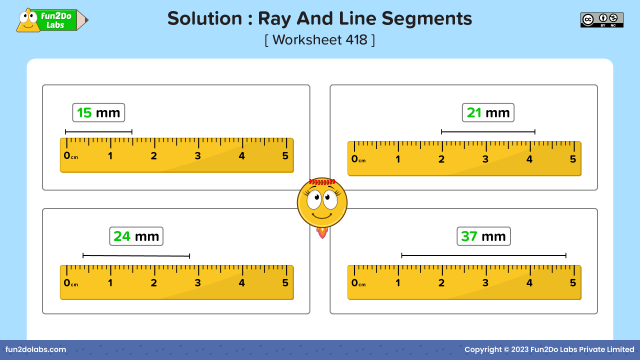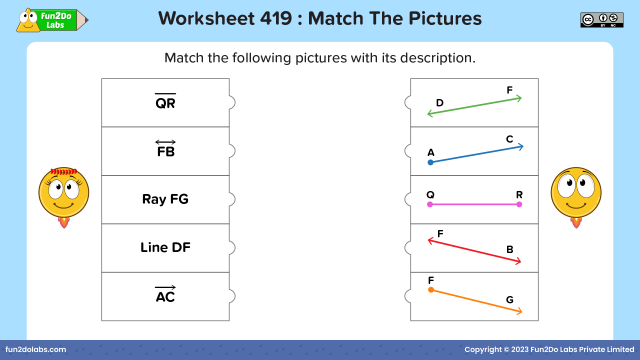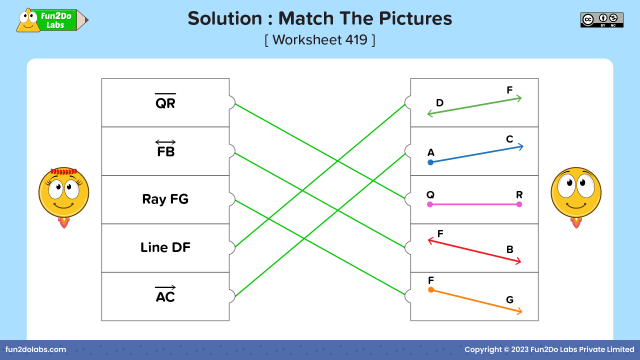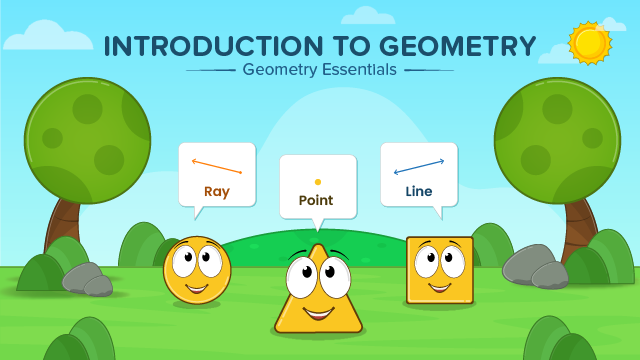
Geometry is a branch of mathematics that deals with the shapes, sizes, and properties of figures. Basic concepts of geometry include points, planes, lines, line segments, and rays. The objective of this guide is to introduce primary school kids to basic geometric concepts.
Knowledge of these geometric elements is important for understanding and describing shapes and figures in the world around us.
For explaining these basic concepts, draw points, planes, lines, line segments, and rays on the chart paper or whiteboard. Encourage kids to share their observations and provide real-life examples of each for their better understanding. Discuss the characteristics of each as follows:
Point
- A point is the exact location of any object shown by a dot.
- A point has no length, breadth or depth.
- Points in geometry are always represented by capital letters.
- For example – .A or .O
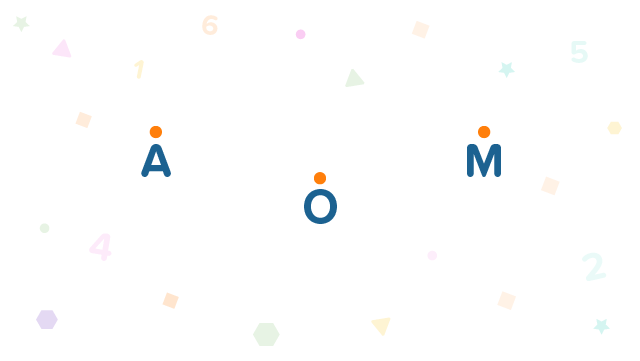
Plane
- A flat and smooth surface in geometry is called a plane.
- A plane has length and breadth.
- A plane has no thickness.
- Planes can be stretched indefinitely in all directions.
- Planes can be denoted by using capital letters.
- For example, Plane ABC
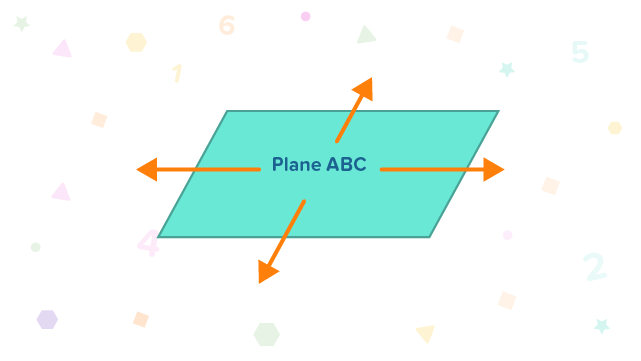
Line
- A line is defined as the path of a moving dot.
- A line has no starting or ending point.
- Lines can vary in direction and thickness.
- A line can be denoted by 2 capital letters and an arrow pointing in both directions at the top.
- For example – AB, PQ
Provide examples of lines in their environment (e.g., edges of tables, roads, etc.) and ask students to identify them.
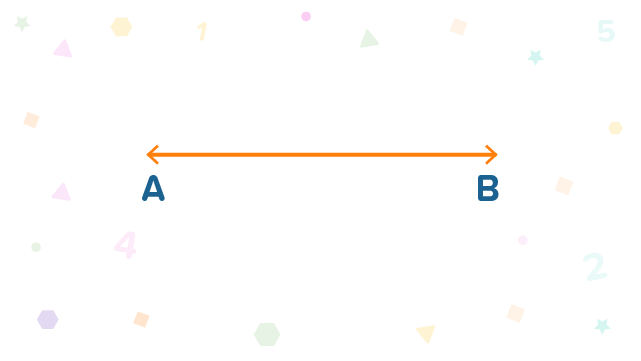
There are different types of lines that we observe around us, like straight lines (horizontal lines, vertical lines, slanting lines, parallel lines, zigzag lines, intersecting lines, and perpendicular lines) and curved lines (spiral lines) .
Line Segment
- A line segment is a part of a line with 2 fixed endpoints.
- A line segment has 2 endpoints and several points between these 2 endpoints.
- A line segment is also denoted by 2 capital letters with a line on top.
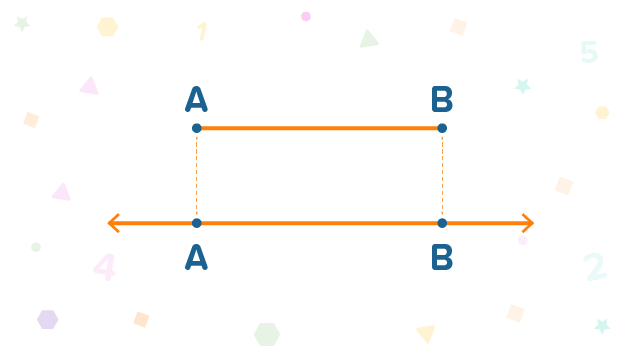
Ray
- Ray is a straight line with one fixed endpoint.
- One fixed end point of the ray acts as a starting point, and the ray can be stretched indefinitely only in one direction.
- A ray cannot be measured as it has no fixed length.
- Ray is denoted by 2 capital letters with an arrow pointing in one direction on top of them.
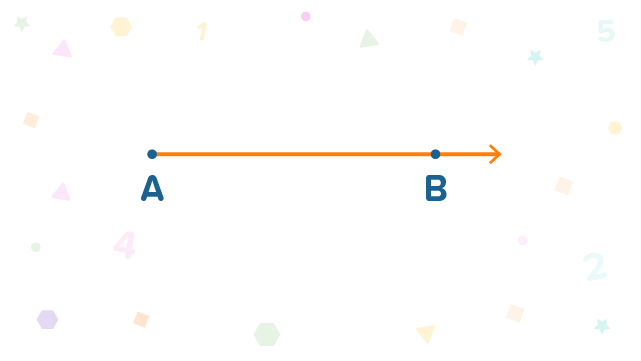
Teaching basic concepts of geometry with kid-friendly, clear, and easy-to-understand posters from Uncle Math School by Fun2Do Labs :
Learning basic concepts of geometry can be made enjoyable by incorporating interactive games and activities.
Group Activity - Sort and Classify :
- Divide students into small groups.
- Provide each group with drawing paper and pencils.
- Instruct the groups to draw examples of lines, line segments, and rays on their papers.
- Encourage students to share their drawings within their groups and discuss which category each drawing belongs to.
- Afterward, ask a representative from each group to share their drawings with the class, explaining why they classified each figure as a line, line segment, or ray.
Geometry Scavenger Hunt :
Play a game of “Geometry Scavenger Hunt” where students find real-life examples of lines, line segments, and rays in the classroom or school environment.
Help your kids practise basic concepts of geometrywith interesting and engaging fun worksheets and solutions from Uncle Math by Fun2Do Labs.


